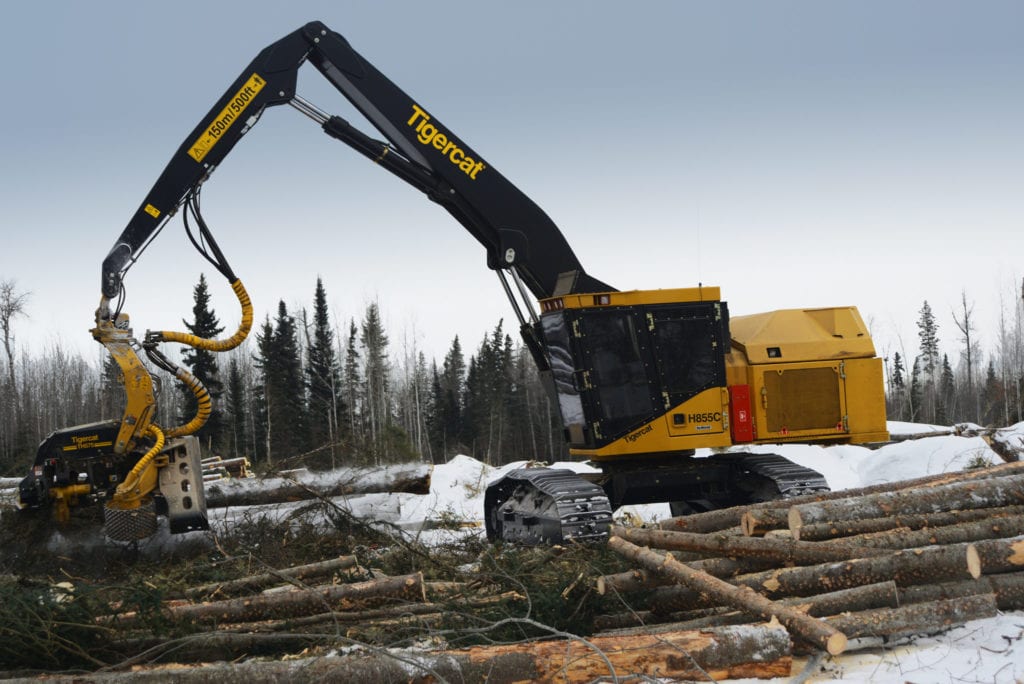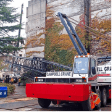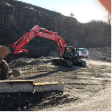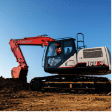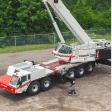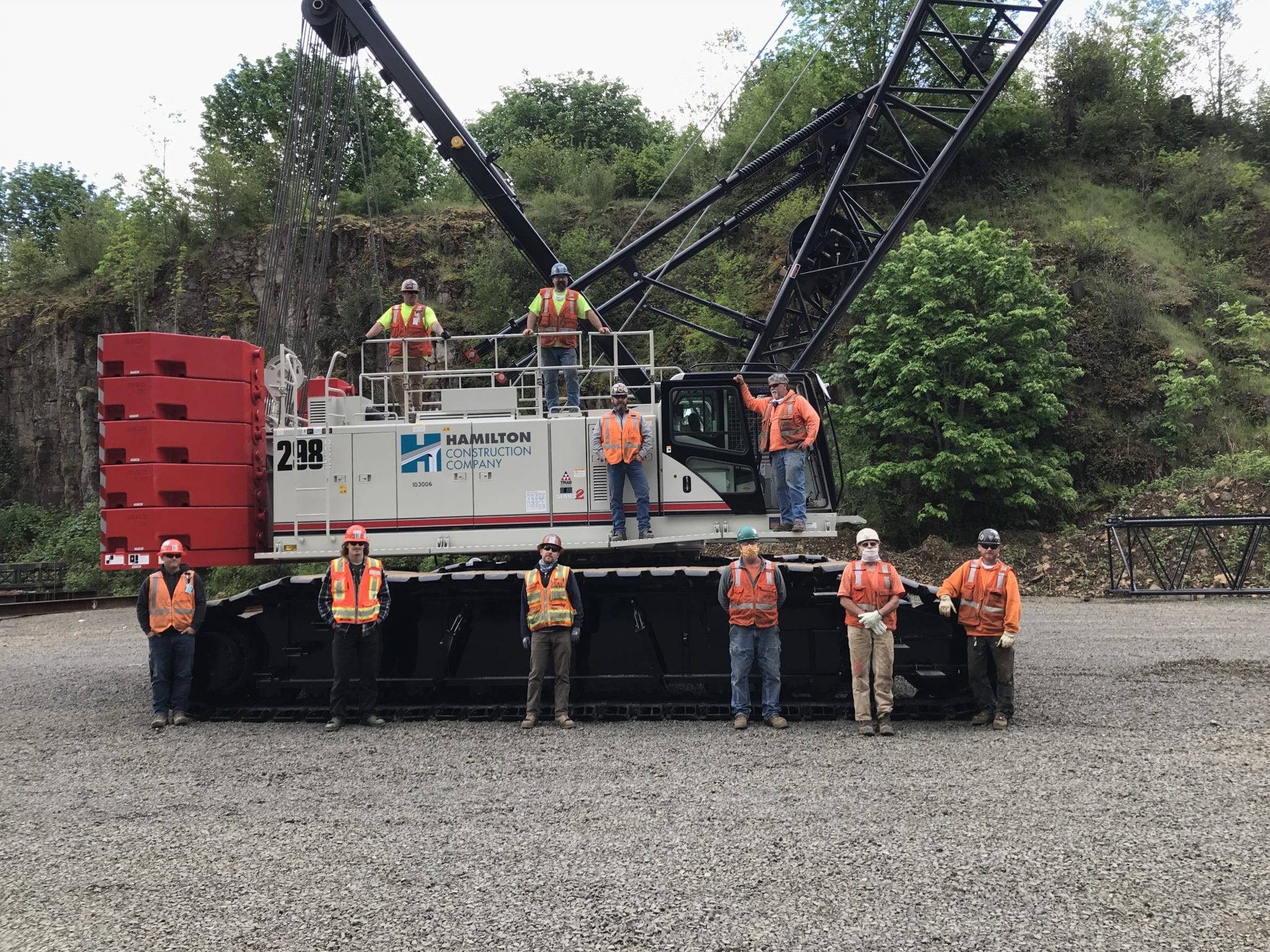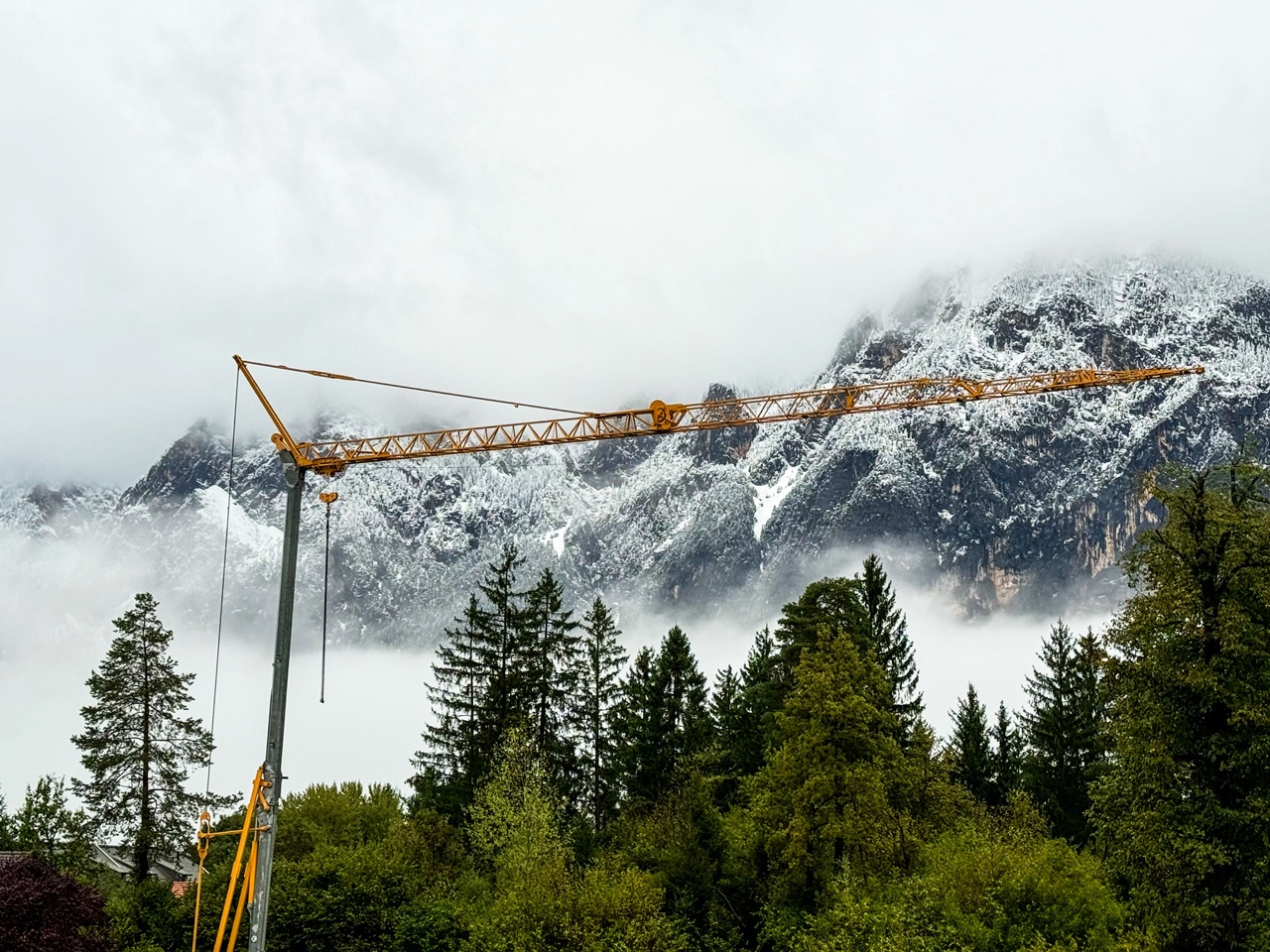From Paul Bunyan to the Brawny paper towel guy, lumberjacks have long held a special place in the collective consciousness of American lore. They forged westward, producing timber to build homes, wagons, furniture, and more. Logging was a leading industry during much of the last century, bested by wood pulp and paper manufacturing in the 1960s.
Environmental groups took a little shine off the ax in the mid-60s and 70s. The Wilderness Act, the Endangered Species Act, and other legislative victories by these groups saw the decline of available logging areas. The struggle intensified when a nocturnal bird brought national attention to the northwestern part of North America.
A small but vocal group came to paint the industry in a negative light in the 1990s in an effort to save the Northern spotted owl. Even today, there is still some muted concern that over-logging could lead to the depletion of the Pacific Northwest’s most valuable asset: It’s beauty.
With improving technology and a changing landscape, the logging industry plays an important role in the health of our forests. As the forest industry goes, so does the economy of the Pacific Northwest. As preservation regulations have loosened over the past few decades, the timber industry is still forging ahead. Creating an ever-changing environment for the modern-day lumberjacks.
Why Is Logging Important?
In fact, many early developers of the eco-movement against logging are now seeing the benefits of logging. A century ago, loggers fell trees without so much of a thought of what they were leaving behind. Today, the lumber industry cuts trees with precision which invites new species to move in.
Theses seral habitats are essentially a halfway point from old-growth forests to planting acres of new trees. Bushes, shrubs, and tall grasses move in, and new ecosystems are allowed to flourish. These habitats were largely observed in the years that followed the eruption of Mt. St. Helens in 1980.
By using sustainable forest management practices, these seral areas allow new species to flourish in previously ignored old-growth areas. Whether it’s the huckleberry or twinflower or one of the nearly 20 new mammals, the area has been thriving. With careful planning, improved logging equipment, and a greater understanding of these habitats, the industry is keeping the United States’ forests healthy.
Other Advantages
As climate change becomes a growing concern, bringing drought conditions to normally mild regions, the risk of forest fires is ever-present. When areas are densely populated with trees, the fires are harder to get to, harder to fight and consume more acres.
Trees that have fallen and remain in place rot, dry out, and act like kindling. It doesn’t take much for a flame to start. When it does, it can take days, weeks, or even months to contain the flames. By removing as much of this dead matter as possible, these fires don’t have as much fuel.
Additionally, with specific logging in specific areas, fire lines can be cut to prevent the spread of wildfires. We’ve seen the damage large forest fires can create – even jumping the mighty Columbia River a few years ago. Drought conditions plus high winds can make for a dangerous combination.
Healthier Trees
Anybody that has spent any time in the national forests in Washington and Oregon knows just how dense our woods can be. And we have to admit roaming around the trunks of those huge trees is truly awe-inspiring. But as these trees grow together, they’re left to fight for any nutrients they can get.
This leaves the tree susceptible to disease and insect invasion that can cripple groves of trees at a time. By giving the trees more room to grow and grow stronger, they are able to fight off the rot and insects that cause them such problems. The better the health of the tree, the better the health of the forest.
Material Uses
Not much has changed since the first waves of people started heading West, at least when it comes to how timber was used. We’re still using it to build homes and other structures, furniture, fuel for our wood stoves, and creative endeavors.
Even though recycling has made a huge difference in how much waste there is, tree pulp is still needed for paper, milk cartons, packing boxes, and other materials. Trees make for less-expensive products that in turn can be recycled. That is the definition of sustainability.
Sustainability
Although it takes more time, carefully deciding when and where to cut trees allows the logging industry to ensure we have trees to last us for another century. In fact, thanks to the professionalism of our forest industry, we have more trees in America today than we did 100 years ago!
The industry is hard at work to make sure it’s sustainable as well. Providing jobs for millions of Americans, growing, and harvesting trees is good for the environment, the economy, and the Pacific Northwest. Working forests provide clean air and water, wildlife habitat, and carbon storage.
From the brave frontiersmen of two hundred years ago to the thoughtful planning of the logging industry today, forests have played a huge part in the progress and growth of the Pacific Northwest. At Triad Machinery, we do our part to make sure the industry keeps our millions of acres of trees thriving.
We are the premier authorized dealer of Link-Belt, Tigercat, and T-Mar Forest machinery in Oregon and Washington. Along with new and used sales, we provide parts, accessories, and services for forestry equipment. We also carry cranes and construction equipment for your upcoming large-scale project. Need an upgraded processor or new road builder? Contact Triad Machinery today.

